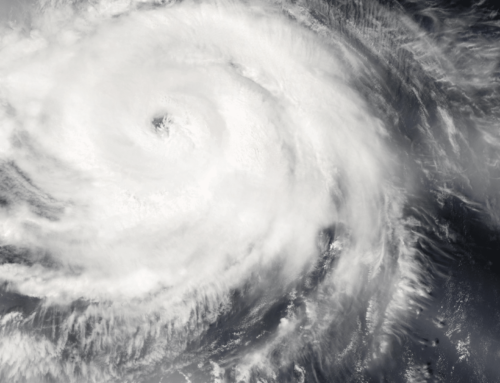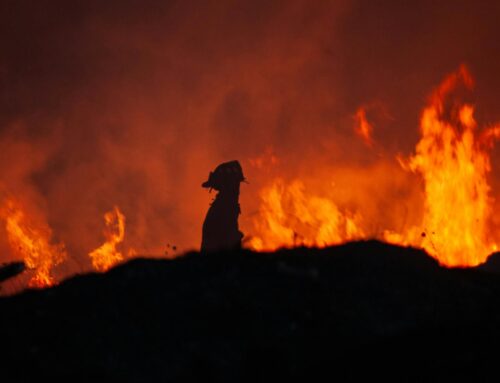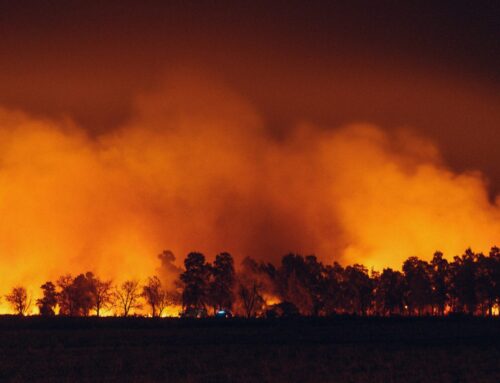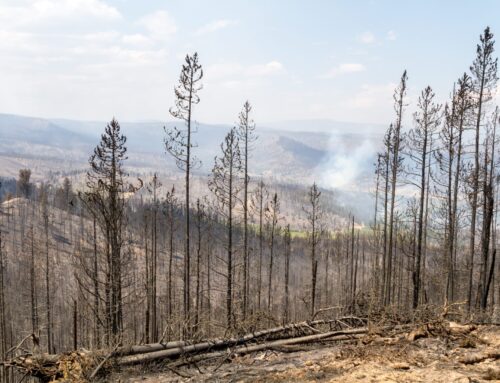This op-ed was written by Steve Ellis, president of TCS, John Huff, president and CEO of Association of Bermuda Insurers & Reinsurers.
Over 2,000 Colorado firefighters have been battling wildfires that have charred more than 430,000 acres since the beginning of the year. The Cameron Peak Fire overtook this summer’s Pine Gulch Fire as the largest in the state’s history, having burned over 200,000 acres of land thus far.
Unfortunately, wildfires of this magnitude are increasingly common. According to the Colorado State Forest Service, the top 10 largest fires in the state’s history have occurred since 2002. And with almost 374,000 Colorado homes at high or extreme risk of wildfire, this trend should prove concerning for policymakers, first responders and citizens across the state.
Fortunately, experts have outlined clear actions that our leaders can implement today that will significantly mitigate future wildfire risk.
In a climate policy paper released earlier this year, the SmarterSafer Coalition recommends enforcing pre-disaster mitigation efforts at the local, state, and federal government levels to decrease damage caused by natural disasters, such as wildfires and flooding.
Pre-disaster mitigation approaches will not only protect our communities, but also our taxpayer dollars. These savings are far from insignificant. In fact, every dollar spent on pre-disaster mitigation is estimated to save $6 in post-disaster recovery.
Our leaders in Washington are beginning to acknowledge the importance of investing in resilience. U.S. Reps. Joe Neguse, D-Lafayette, and Francis Rooney, R-Florida, introduced the bipartisan Climate Resilient Communities Act, which would ensure that building codes and standards set by the Federal Emergency Management Agency address resiliency and incorporate climate risks. By advancing such initiatives, we will be better protected from the plethora of climate-fueled disasters that regularly threaten Colorado and other states across the country.
Another way to enforce mitigation practices is through ecologically appropriate and climate-informed forest management, such as restoring natural fire regimes, targeted thinning, prescribed burns, and post-fire restoration.
These tactics will drastically reduce the risks of uncontrolled wildfires and will also help to protect essential watersheds and clean drinking water. In doing so, we can increase habitat for wildlife and ensure that our forests endure for generations to come.
Additionally, tying federal disaster spending to these sorts of strong pre-disaster mitigation policies would incentivize state and local officials to invest in resilient infrastructure and other protective policies, granting them access to federal funds when disaster inevitably strikes.
These methods alone are not enough. In order to truly invest in mitigation and resiliency, we must prioritize risk education and encourage individuals across Colorado and in other fire-prone states to take initiative and enact their own pre-disaster mitigation practices.
The Colorado State Forest Service predicts that half of Coloradans now live in areas vulnerable to wildfires, which means it’s crucial that homeowners and renters have access to information regarding the potential risks associated with living in a wildfire-prone region.
Supporting buyer education will create a more informed purchasing decision that energizes homeowners to implement pre-disaster mitigation strategies, such as planting fire-resistant shrubbery around their property before a wildfire hits. Beyond education, tax holidays and tax-preferred savings accounts for disaster supplies can serve as incentives to promote disaster preparedness.
Now more than ever, we must collectively enact a rational approach to wildfire disaster policy.
The combined effort of government and individual support will help to protect Colorado’s communities from wildfires and other natural disasters. Together, we will protect individuals, homes and businesses, while reducing the post-disaster recovery burden on taxpayers.
Policymakers on both sides of the aisle should approve of these proposed solutions. For too long, our disaster preparedness framework has leaned heavily on reactive response rather than proactive preparation.
In 2018 alone, the federal government spent $3 billion fighting wildfires and virtually nothing on making communities more resilient or restoring forests on federal, state, tribal, and private lands, as called for in the National Cohesive Wildland Fire Management Strategy.
Our government leaders can, and should, agree that there are better, safer options at our fingertips.










